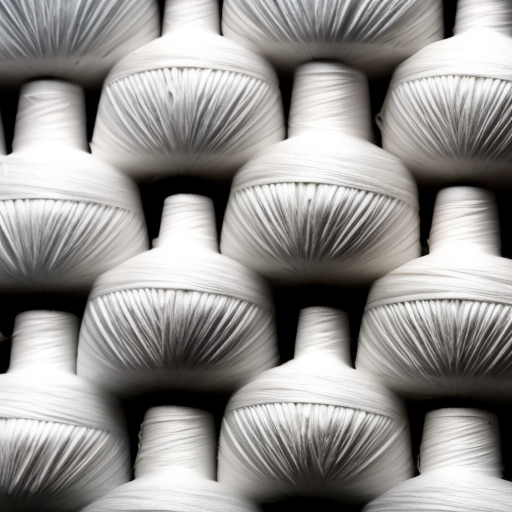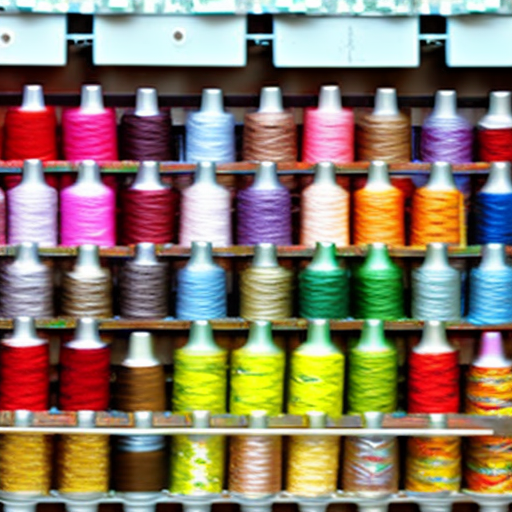
When it comes to sewing, the quality of the thread used plays a crucial role in determining the longevity and strength of the final product. Whether it’s garments, upholstery, or any other textile item, properly inspecting sewing thread ensures that the end result is of the highest standard. Here are some key aspects to consider during the sewing thread inspection process:
Thread Tensile Strength
One of the primary factors to check is the thread’s tensile strength. The strength of the thread should be suitable for the intended application. Threads with inadequate strength may break under stress, leading to seam failure and reduced durability. Manufacturers need to ensure that the sewing thread passes the required tensile strength tests before it is used in production.
Consistency in Color and Thickness
Another aspect to inspect is the thread’s color and thickness consistency. Consistent color ensures that the final product appears uniform and visually appealing. Inconsistent thread thickness could result in uneven stitching and an overall unprofessional appearance. Thread inspection should include checking for variations in color and thickness to maintain quality standards throughout the production process.
Resistance to Abrasion
Sewing threads are subject to friction and wear during regular use. Therefore, inspecting a thread’s resistance to abrasion is crucial. Threads with low abrasion resistance may wear out quickly, compromising the integrity of the seams. Conducting specific abrasion tests can help determine the thread’s suitability for various applications, ensuring that it will withstand the expected levels of friction.
Twist and Ply Integrity
Proper twist and ply integrity are important for sewing performance. Inspecting the thread for any signs of unraveling or twisting issues is essential. Threads with compromised twist integrity can cause problems such as snagging, thread breakage, and inefficient sewing. Regular inspection can help identify and rectify any twist or ply-related defects before they impact the final product.
Good Sewing Practices
In addition to thread inspection, employing good sewing practices further contributes to the overall quality of a sewn product. The use of appropriate machine settings, correct thread tension, and adequate stitching techniques are vital elements for successful sewing. Regular training and supervision of sewing machine operators can help ensure that these practices are followed consistently, leading to improved overall thread integrity.
In summary
Thorough sewing thread inspection is an essential part of the manufacturing process to maintain high-quality standards. By checking tensile strength, color and thickness consistency, resistance to abrasion, twist and ply integrity, and implementing good sewing practices, manufacturers can produce durable and visually pleasing products. Investing time and effort in proper thread inspection guarantees customer satisfaction and reduces the likelihood of product returns or sewing failures.





Nice to learn new stitches!
Ken Grothaus: This will come in handy!
Great for any level of sewer! Checking your thread is not only important for quality sewing projects, but also for the longevity of your machine’s life. Quality thread and thoughtful inspection will ensure you produce an amazing final product.
It’s so important to inspect your thread before starting a project – I’ve made that mistake before!
Absolutely – not to mention the time and money saved by having a smooth sewing process.
It’s so important to double and triple check before the machine starts its work!
Absolutely! Making sure to properly inspect your thread not only guarantees there won’t be any mishaps along the way, but also helps increase the lifespan of your materials.